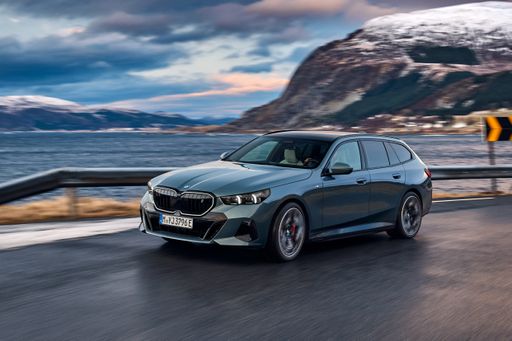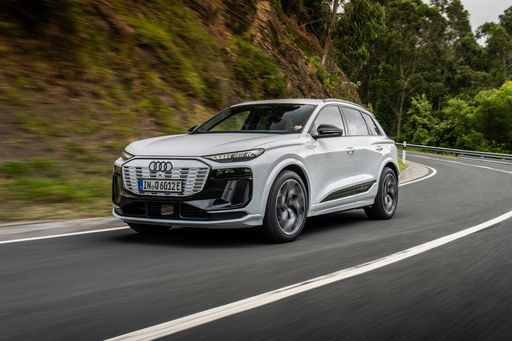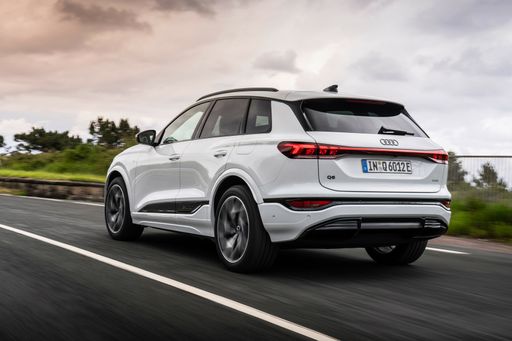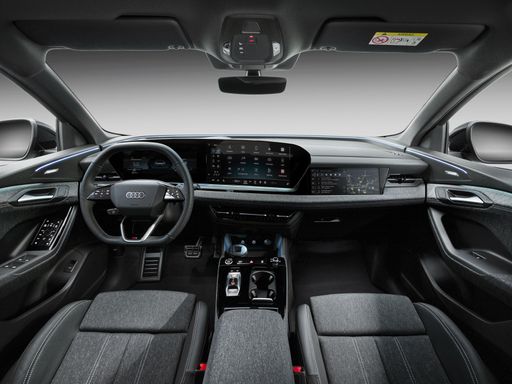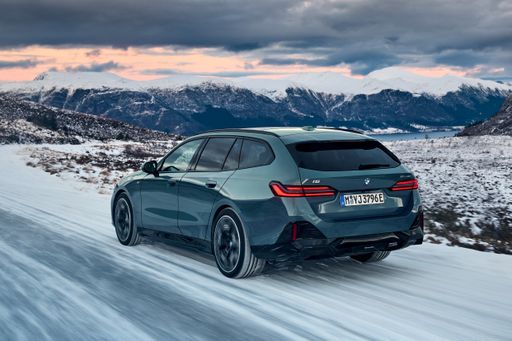Head-to-Head: Audi Q6 e-tron vs. BMW i5 Touring
As electric vehicles continue to gain traction in the automotive market, two contenders stand out for their blend of performance, innovation, and luxury: the Audi Q6 e-tron and the BMW i5 Touring. While both are electric, they cater to different segments, with the Q6 e-tron presenting itself as an SUV and the i5 Touring positioned as a luxurious wagon. Let's dive into their technical specifications and innovations to see how they compare.

